Podcast: Play in new window | Download
In episode #26, I mentioned briefly the importance of flight control surface balancing.
Then, the other day, I got an email requesting more information about flight control balancing and rigging.
Thank you, Ashley Blythe, for sending that in!
In this episode, we discuss paint jobs, how to tell the good ones from the not-so-good ones, and flight control surface balancing.
Check out the following video that demonstrates why control surface balance is so important… you don’t ever want to experience this kind of flutter in flight!
Here is an article by Paul New of Tennessee Aircraft Services from November 15, 2009:
http://www.tennesseeaircraft.net/keeping-your-balance/
This is a helpful and easy-to-understand article about balancing.
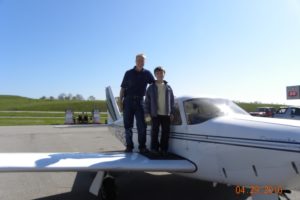 Here is a Piper Comanche that I flew with my son to Dial Eastern States Aircraft Painting in Cadiz, OH years ago.
Here is a Piper Comanche that I flew with my son to Dial Eastern States Aircraft Painting in Cadiz, OH years ago.
They do a very nice paint job!
You can check them out at www.desapi.com
You can also see a picture on their website of this same aircraft after the paint job… it turned out beautiful!
Here is the 15 step process they use to paint an airplane:
|
Balancing of flight controls should be a part of every aircraft paint job!
Here are some signs of a possible “Shady Paint Job.”
- The aircraft painted with the flight controls installed. How to tell? Paint on the mounting hardware; leading edges not painted well, due to lack of access; areas not painted very well fwd of ailerons and rudder, and elevator.
- Little attention to hard-to-get-to areas: flap wells, gear wells, etc. A really quality paint job will give reasonable attention to these areas. Maybe not as pristine as the other areas, but total neglect of these areas is a red flag! (Sort of like the belly not being cleaned during a wash or detailing job.)
- Paint in places where it should not be. (bearings, moveable controls, hydraulic cylinder shafts, etc.)
- Inspection panels and other covers were not removed for the paint job. (Screws painted in place.) This is a real problem because the paint will need to be broken the next time those screws are removed. Sometimes, old rusted hardware and cowling fasteners are just painted over.
- No documentation of flight control balancing. Be sure the airframe log entry for the paint job includes this! After controls are installed and control rods attached, you can’t tell if the balance is within specs… you are depending on proper maintenance.
Next time you do a preflight inspection, take special notice of your flight control attachments and balance weights, to make sure everything is securely attached with no excessive wear.


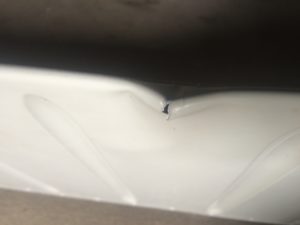
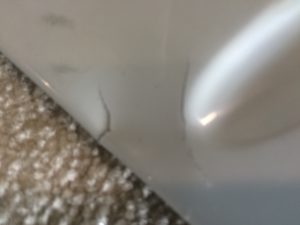
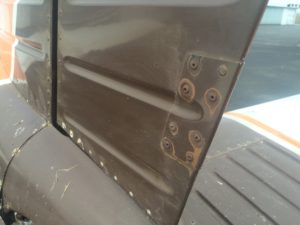
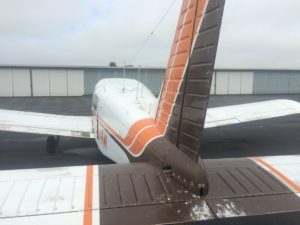
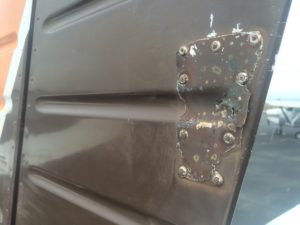
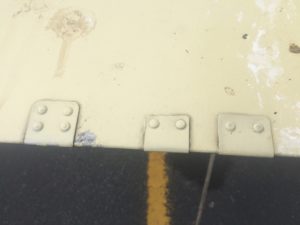


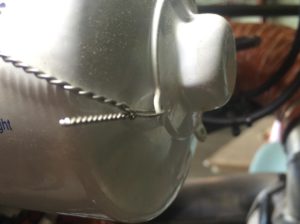
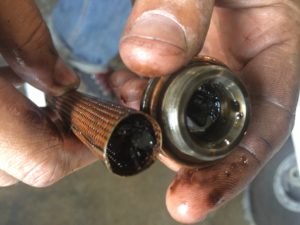
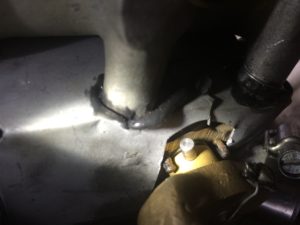
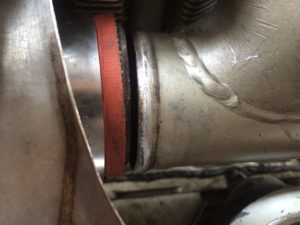



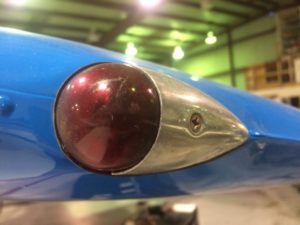

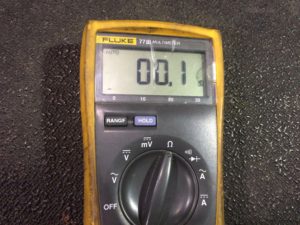
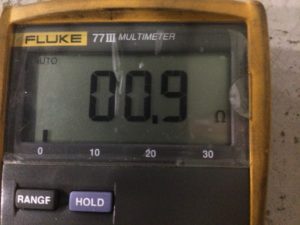
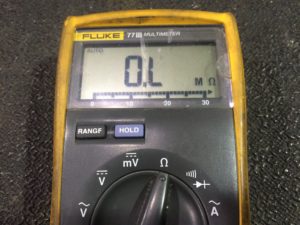

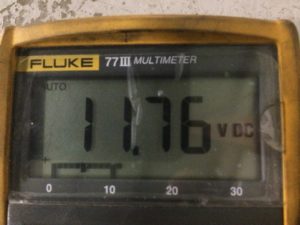


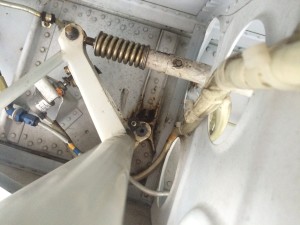


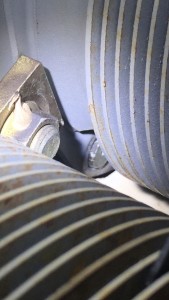


Recent Comments